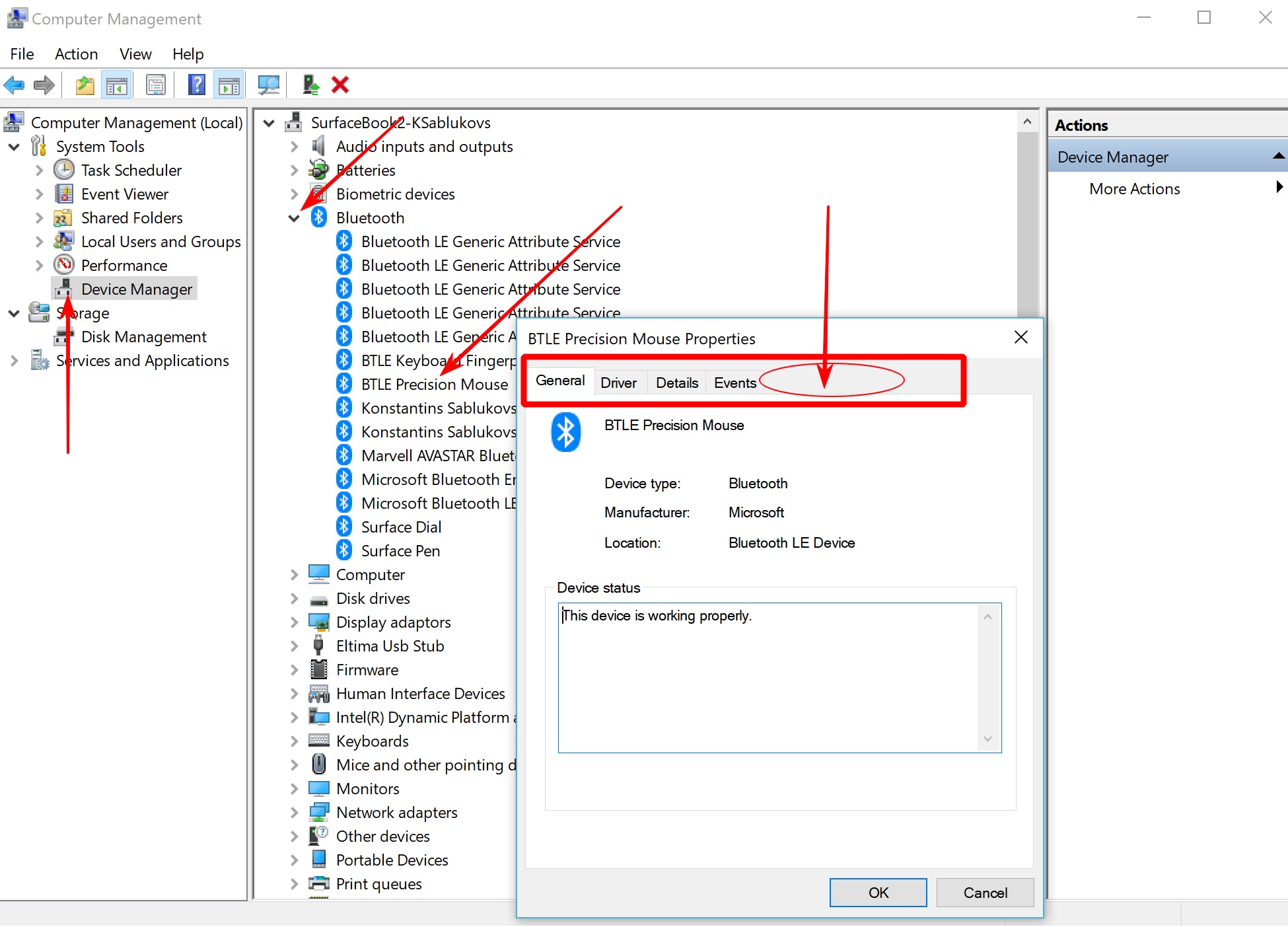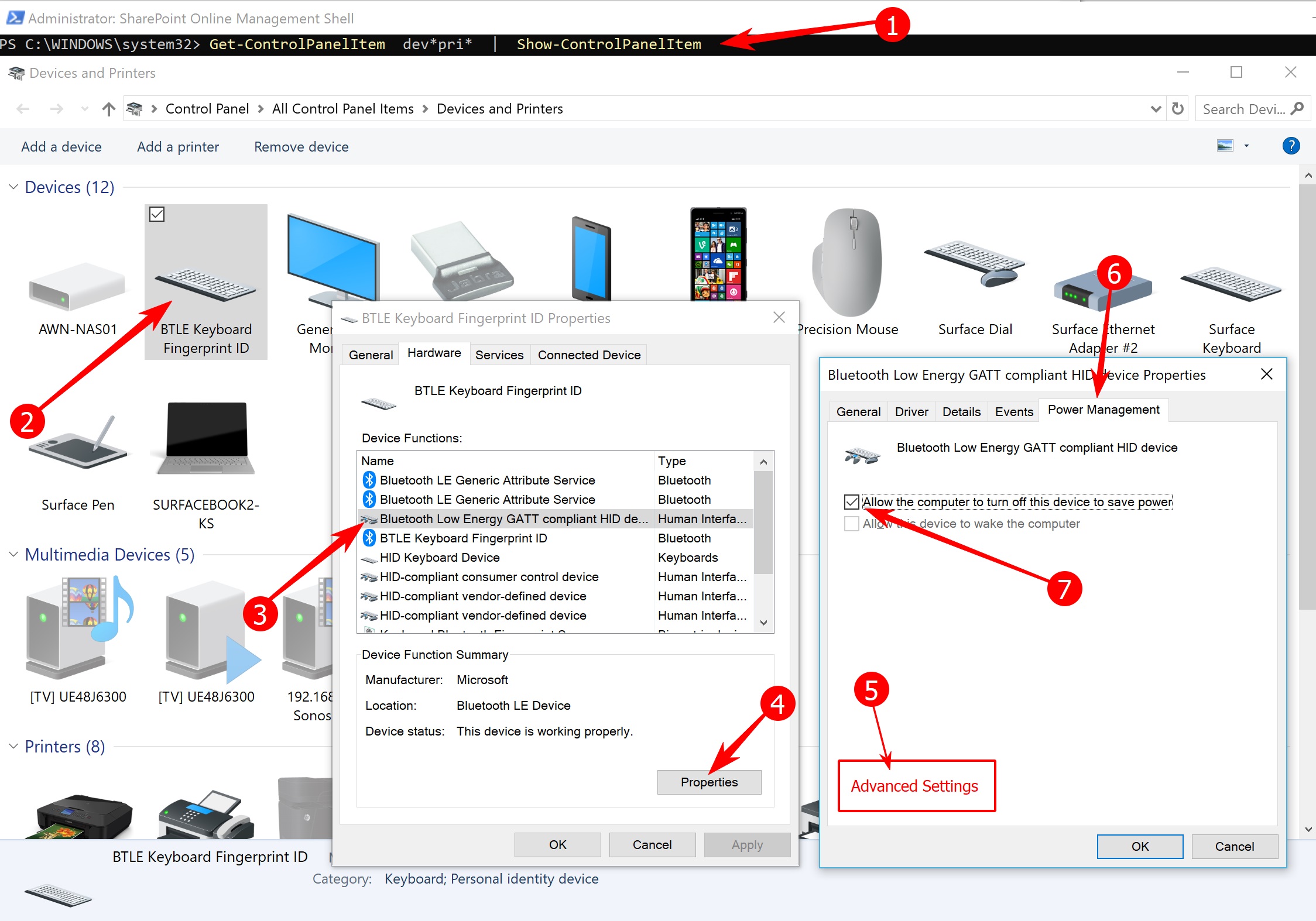To resolve we would like to view FileName or relative full name in the Find Results.
To do this, we need to implement a per version solution for VS:
>= VS 2017
- Close Visual Studio 2017
- Open regedit
- Open bin file:
- Select
HKEY_LOCAL_MACHINEfrom the left bar - Select File > Load Hive...
- Load the privateregistry.bin file from
%localappdata%\Microsoft\VisualStudio\15.0_[instanceid]{RootSuffix}\privateregistry.bin. TheRootSuffixfor a normal VS installation will be blank. This is mostly used for the experimental instance - Name the key whatever you want (e.g. "VS2017") when prompted
- From there, you should be able to view the entries just like any normal registry.
- Customize it according to accepted answer's suggestions.
- Once you're finished, you need to make sure that you "Unload" the private registry, by selecting the "root" key ("VS2017" in this example) and selecting File > Unload Hive . If you don't do this, VS won't be able to read the
privateregistry.binfile when it runs, causing major problems
Using regedit:
See article Customize how Find in Files results are displayed in the Find Results Window:
Example here
Format specifiers:
Files
$p- path$f- filename$v- drive/unc share$d- dir$n- name$e- .ext
$l- line$c- col$x- end col if on first line, else end of first line$L- span end line$C- span end col
$0- matched text$t- text of first line$s- summary of hit$T- text of spanned lines
\n- newline\s- space\t- tab\\- slash\$- $



